Capacitor Impedance: Calculation Guide & FAQs
This guide provides a comprehensive understanding of capacitor impedance and detailed steps on how to calculate it, crucial for electronics professionals. Learn the formula, influencing factors, practical applications and troubleshooting tips for reliable circuit design.
- Mastering Capacitor Impedance: A Comprehensive Guide to Calculation
- Understanding Capacitor Impedance: The Basics
- The Impedance Formula: Unveiling the Calculations
- Practical Applications and Examples
- Factors Affecting Capacitor Impedance
- Advanced Impedance Calculations: Beyond the Basics
- Troubleshooting and Best Practices
- The Benefits of Accurate Capacitor Impedance Calculations
- FAQ's
- Q: What happens if I miscalculate the capacitor impedance?
- Q: Can I use online calculators for capacitors impedance calculations?
- Q: How does temperature affect capacitor impedance?
- Q: Why is it important to understand the effects of ESR and ESL?
- Conclusion
Mastering Capacitor Impedance: A Comprehensive Guide to Calculation
Understanding capacitor impedance and knowing how to calculate impedance of a capacitor is crucial for any electronics professional. This guide provides a clear, step-by-step approach, equipping you with the knowledge to confidently tackle impedance calculations in various applications. We'll explore the fundamental principles, delve into practical formulas, and offer troubleshooting tips to ensure your designs function optimally. DXM, with over 28 years of experience in manufacturing high-quality electronic components, understands the importance of precise impedance calculations.
Understanding Capacitor Impedance: The Basics
Capacitor impedance, unlike resistance which opposes current flow directly, is frequency-dependent. It opposes changes in voltage, essentially acting as a barrier to alternating current (AC). The higher the frequency of the AC signal, the lower the capacitor impedance. This is because a capacitor stores energy by accumulating charge; at high frequencies, the capacitor charges and discharges rapidly, offering less opposition to the current flow. Conversely, at low frequencies, it offers greater opposition.
The Impedance Formula: Unveiling the Calculations
The formula for calculating capacitor impedance is:

Where:
* ZC represents the capacitor impedance in ohms (Ω).
* f is the frequency of the AC signal in Hertz (Hz).
* C is the capacitance of the capacitor in Farads (F).
This simple yet powerful formula allows for accurate calculation of how to calculate impedance of a capacitor across a wide range of frequencies and capacitances. Remember, the unit of capacitance is Farads (F), which is a large unit, so you'll commonly encounter microfarads (µF), nanofarads (nF), or picofarads (pF). Always ensure consistent unit usage in your calculations.
Practical Applications and Examples
Let's illustrate how to calculate impedance of a capacitor with some examples. Suppose we have a 10 µF capacitor and want to determine its impedance at 1 kHz (1000 Hz):
ZC = 1 / (2π * 1000 Hz * 10 µF) ≈ 15.9 Ω
Now, let's consider a 100 nF capacitor at 1 MHz (1,000,000 Hz):
ZC = 1 / (2π * 1,000,000 Hz * 100 nF) ≈ 1.59 Ω
These examples demonstrate how the capacitors impedance decreases with increasing frequency. This characteristic is essential for designing filters, timing circuits, and other frequency-sensitive electronics. Understanding how to calculate impedance of a capacitor is critical for optimizing the performance of these applications.
Factors Affecting Capacitor Impedance
Beyond frequency and capacitance, several factors can influence the capacitors impedance. These include:
* Temperature: Temperature variations can affect the dielectric properties of the capacitor, thereby impacting its impedance.
* Tolerance: Capacitors are manufactured with a tolerance range. This means the actual capacitance may deviate slightly from its nominal value, leading to slight variations in the calculated **capacitor impedance**.
* Equivalent Series Resistance (ESR): All real-world capacitors possess ESR, which adds to the overall impedance. At high frequencies, ESR becomes more significant.
* Equivalent Series Inductance (ESL): Similarly, ESL, the inherent inductance of the capacitor's leads and construction, contributes to the total impedance, particularly at higher frequencies.
Advanced Impedance Calculations: Beyond the Basics
For more complex scenarios, we may need to consider the effects of ESR and ESL. This often requires using more sophisticated models that incorporate these parasitic elements into the impedance calculation. Specialized software tools are frequently employed for such complex calculations, especially when dealing with high-frequency applications. Accurate capacitors impedance calculation remains critical for achieving optimal circuit performance.
Troubleshooting and Best Practices
When encountering impedance-related issues, we should consider the following:
* Verify Component Values: Always double-check the capacitance value and frequency to ensure accuracy.
* Account for Parasitic Elements: Remember the impacts of ESR and ESL, especially at higher frequencies.
* Use Precision Components: Selecting components with tighter tolerances can improve accuracy.
* Employ Simulation Tools: Circuit simulation software can help predict and optimize impedance behavior before prototyping.
The Benefits of Accurate Capacitor Impedance Calculations
Mastering how to calculate impedance of a capacitor and understanding capacitors impedance are not just theoretical exercises. They are essential skills for designing reliable and efficient electronic circuits. Accurate calculations lead to:
* Improved Circuit Performance: Optimal impedance matching ensures signal integrity and minimizes signal loss.
* Reduced Component Stress: Proper impedance calculations can prevent components from operating outside their specifications.
* *Enhanced Circuit Stability: Correct impedance matching contributes to overall circuit stability and reliability.
* Successful Design Implementation: Knowing how to perform calculations reliably leads to fewer design iterations and faster time-to-market.
FAQ's
Q: What happens if I miscalculate the capacitor impedance?
A: Miscalculations can lead to poor circuit performance, signal distortion, component damage, and potentially circuit malfunction.
Q: Can I use online calculators for capacitors impedance calculations?
A: Yes, many online calculators are available to simplify the calculation process, however, always double-check the results against your manual calculations.
Q: How does temperature affect capacitor impedance?
A: Temperature changes can alter the dielectric properties, influencing the capacitor's capacitance and thus its impedance.
Q: Why is it important to understand the effects of ESR and ESL?
A: At higher frequencies, ESR and ESL become significant contributors to the total impedance and must be considered for accurate predictions.
Conclusion
Understanding capacitor impedance and mastering how to calculate impedance of a capacitor is paramount for success in electronics design and development. This comprehensive guide provides the foundational knowledge and practical skills necessary for accurate calculations. By applying these principles, we ensure our circuits operate reliably and efficiently, fulfilling their intended functions. DXM's decades of experience in manufacturing high-quality electronic components reinforces the importance of accurate impedance calculations in achieving optimal results. Contact DXM today to explore our comprehensive range of high-performance capacitors and other components designed to meet the demands of your applications.
Recommended for you
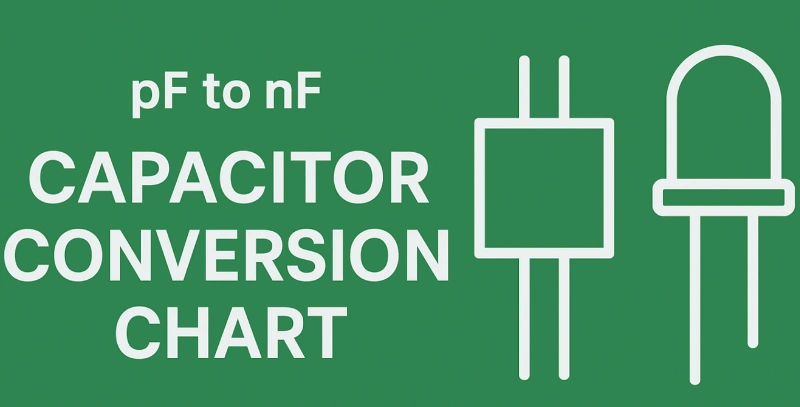
pF to nF Conversion: Capacitor Conversion Chart for Thermistors

Ceramic Heating Element: Applications & Benefits
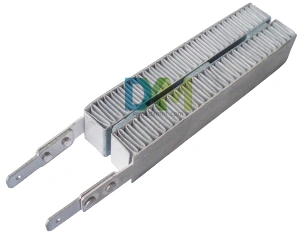
PTC Heating Element: How It Works & Benefits
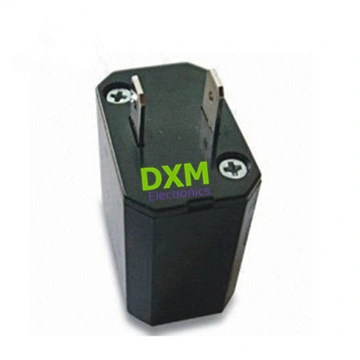
Ultimate Guide to PTC Motor Starter: High-Efficiency Solutions for 2025
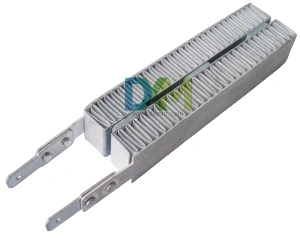
PTC Heat: The Definitive 2025 Guide to Efficient, Safe, and Smart Heating
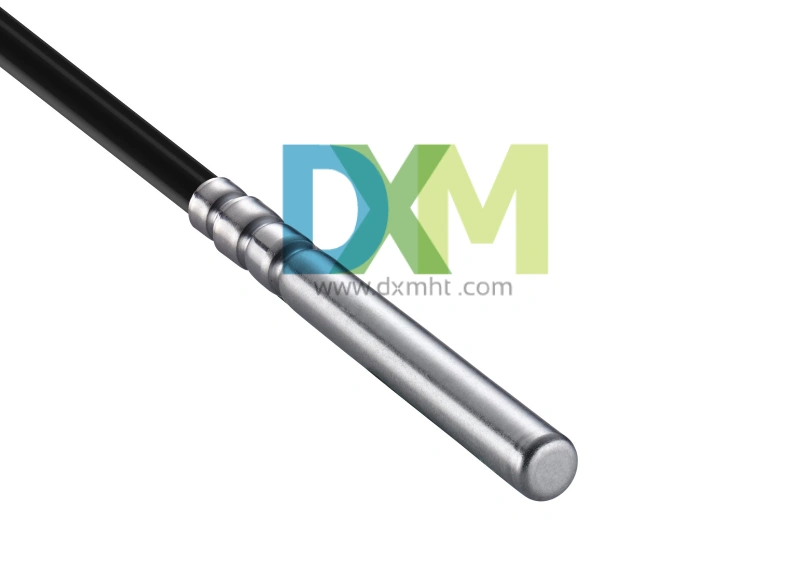
Water Temperature Sensor: The Key to Engine Health and Efficiency
Logistics
Can I change my shipping address?
Yes, you can contact our customer service team to modify the delivery address before order confirmation to ensure that the order can be accurately delivered to the address you specify.
How long does logistics delivery take?
Shipping times depend on your location and the shipping method you choose. Generally speaking, international shipping can take anywhere from a few weeks to a few months.
How to track my order?
You can track your order through our official website or the order number provided and learn about the logistics status and delivery progress of your order at any time.
Customized Services
Free sample availability
You can contact our representative via email, fax or phone to specify the sample you need and provide your courier's account number (such as UPS, FedEx, DHL, TNT, etc.).. And we’ll send you samples free of charge through your courier by freight collection.
Can I customize (OEM) the product?
Yes. You can customize the product with DXM. Our R&D and production technology have already reached an advanced world level, and we can provide qualified OEM service for global customers.Please specify your requirements to our representative or send samples to our factory office, and we will confirm your details.
You may also like
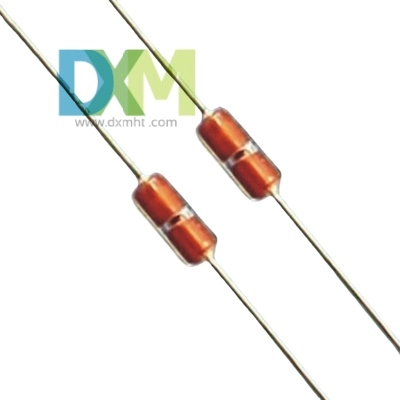
KTY83-110 Sensor with Silicon Glass Thermistor
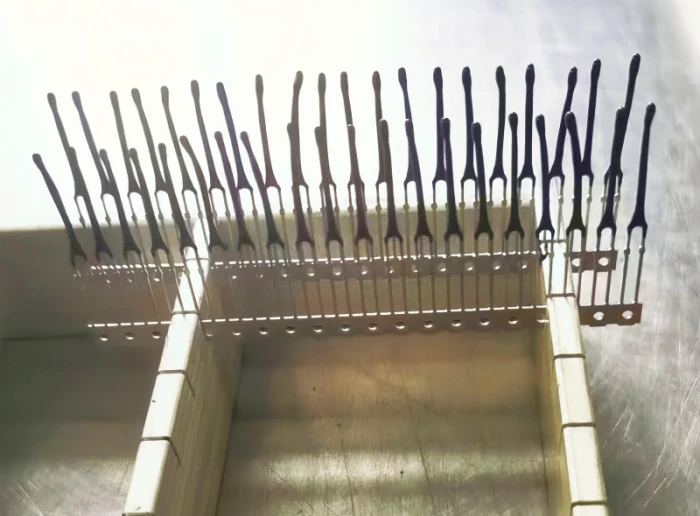
Bracket Type NTC Thermal Sensor MF52X for Precise Temperature Measurement
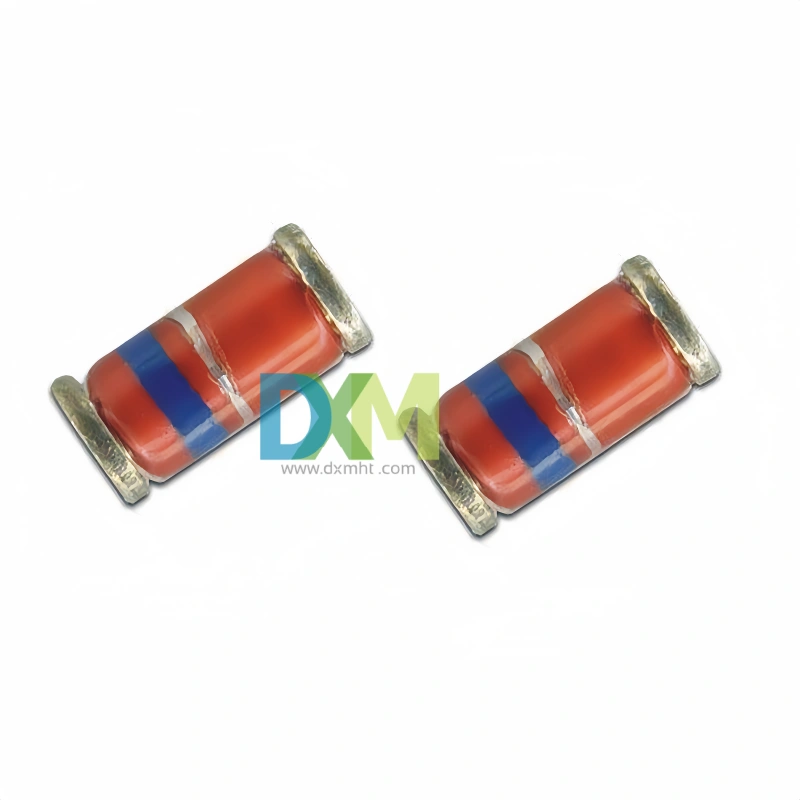
Glass Thermistors MF58E for High-Precision Applications
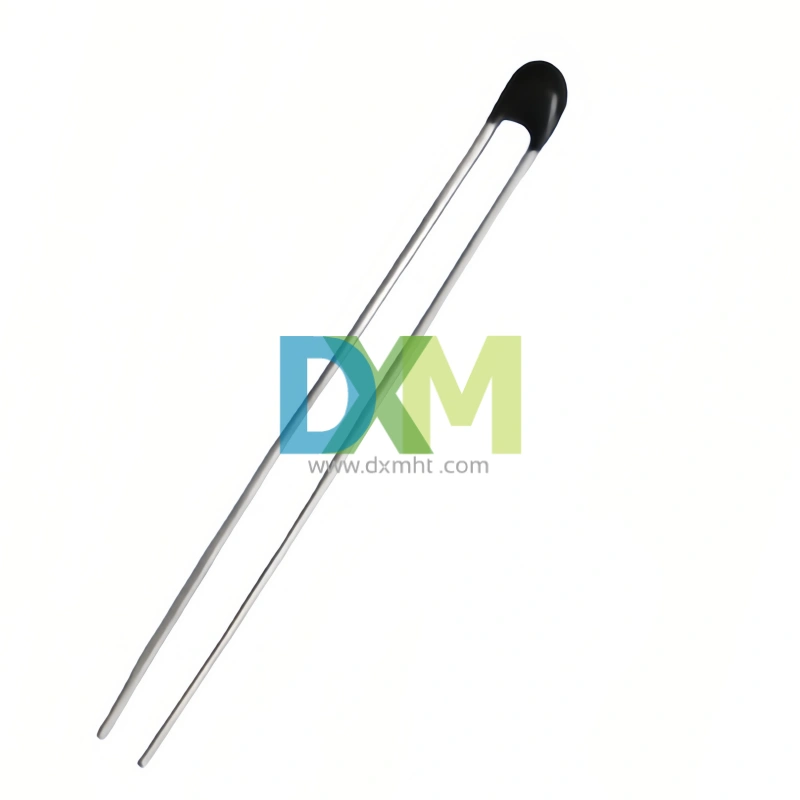
High Precise NTC Sensors for Temperature Measurement and Control
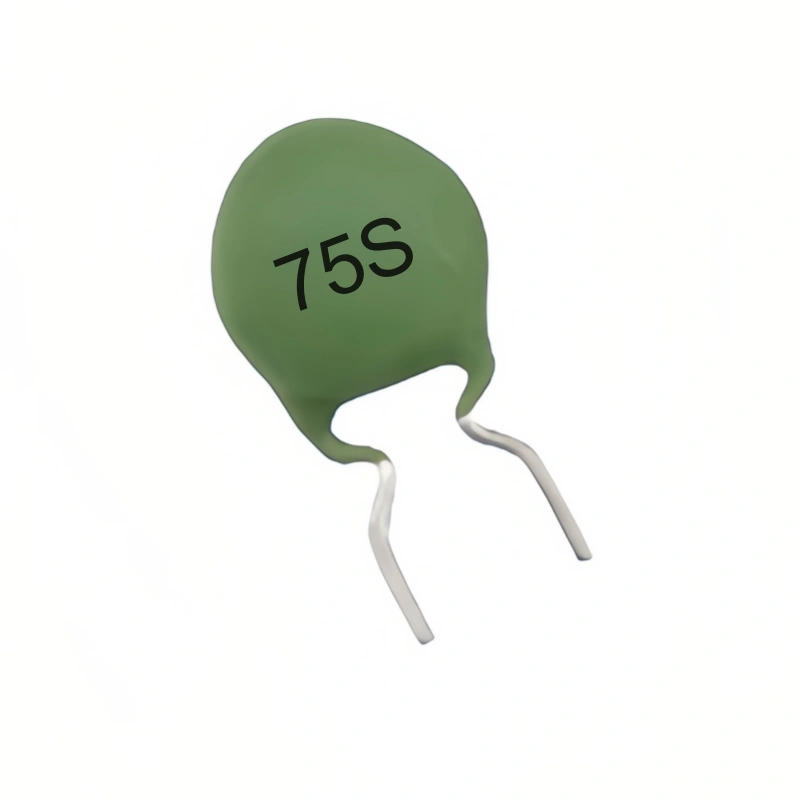
WMZ12A 75S PTC Thermistors for Over-Current and Over-Load Protection
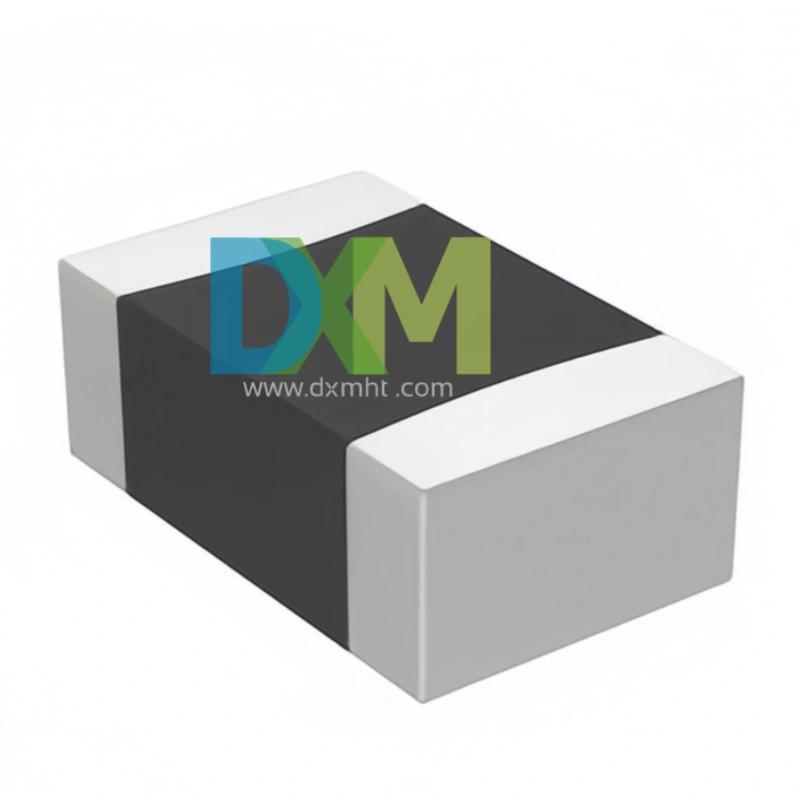
SMD Sensors: Advanced Temperature Sensing Excellence
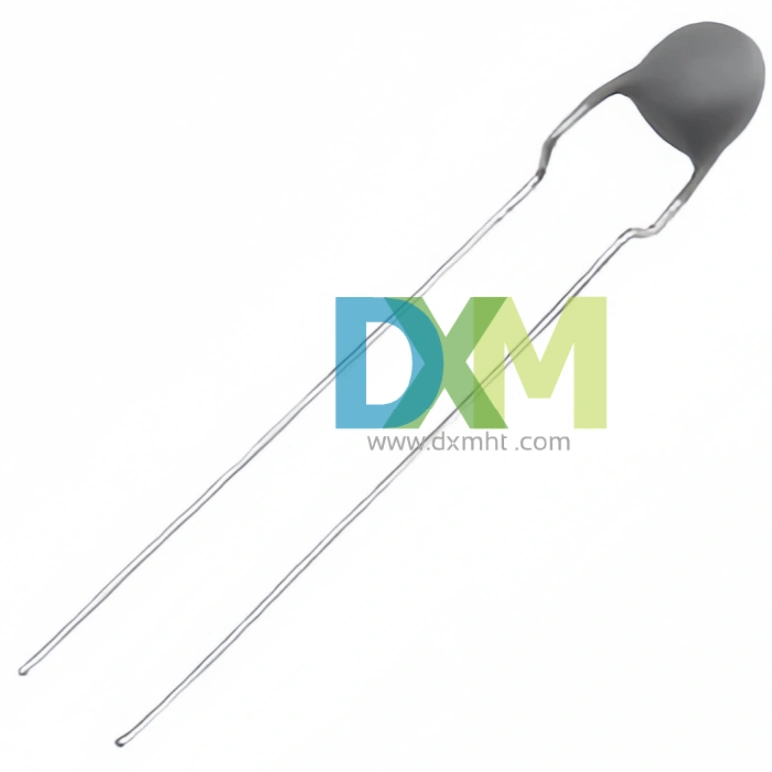
Thermistor PTC MZ11 Series for Light Efficient Design
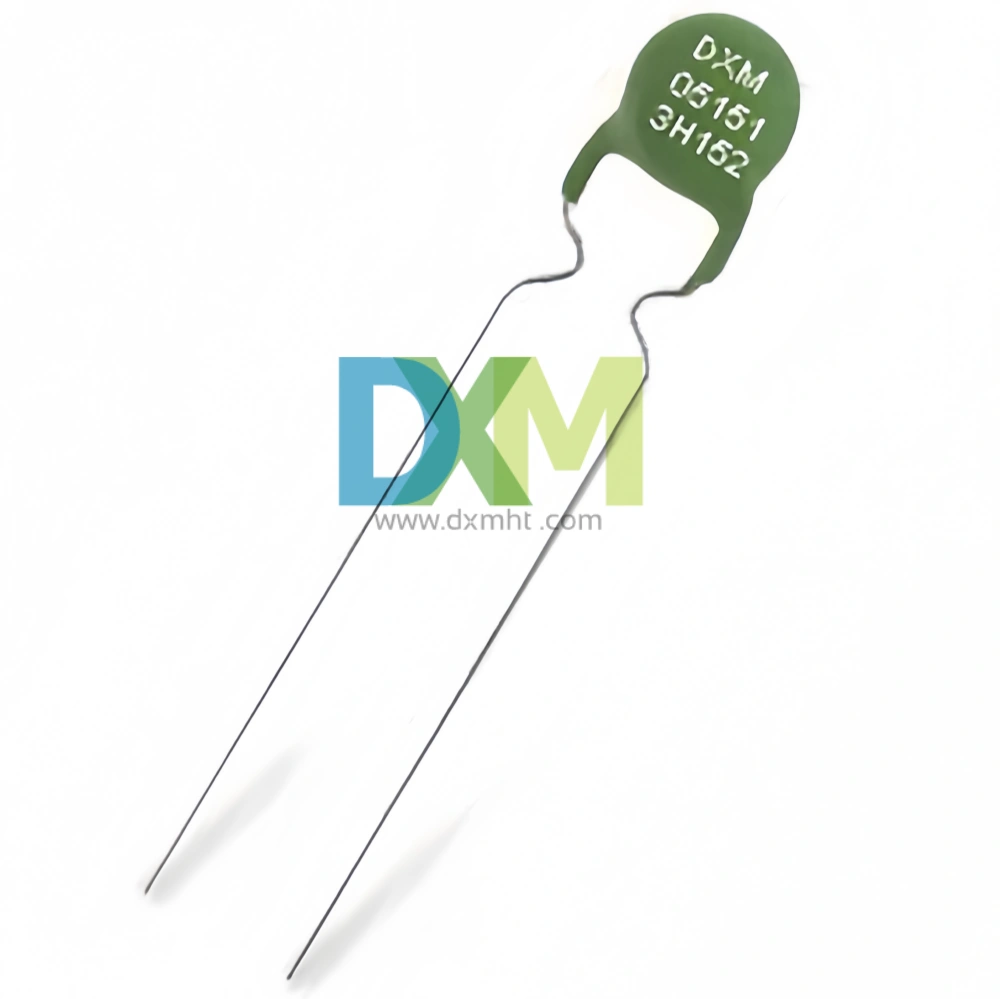
PTC Thermistors for Ballast Electronic and Energy Saving Lighting Intelligent Preheat Start MZ12 | DXM
Get in Touch
Discover premium thermistors, sensors, and resistors tailored to your needs.Our dedicated team of experts is available to assist with product selection, technical queries, and after-sales service. Contact us for custom solutions and experience exceptional customer support.
© 2024 DXM | Designed by gooeyun

 Scan QR Code
Scan QR Code



















Scan QR Code
Whatsapp: +8618927361658
Shenzhen DXM Technology Co., Ltd.
DXM PTCNTC
Shenzhen DXM Technology Co., Ltd